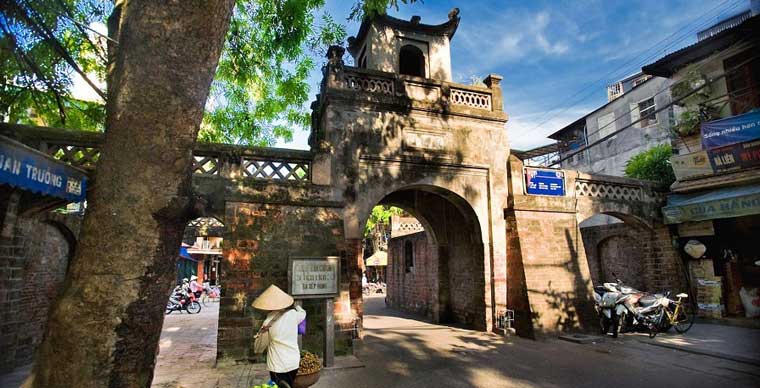
Hanoi Old Quarter
- on Dec 26, 2017 By: Ngoc Tu DINH
Hanoi Old Quarter also called “Hanoi – 36 Old Streets” because it totally has 36 streets and guilds with rustic names like Hang Khoai Street, Hang Duong Street, Hang Muoi Street…It is considered the representative image of ancient Hanoi from past to now. The top special historical vestige and sight-seeing of the capital allures visitors most.

Ha noi old quarter - Hoan Kiem lake
The privious chapter of Hanoi
Hanoi Old Quarter established at the time of Ly-Tran Dynasty, located in the East of Thang Long Imperial Palace stretching to the Red River. The outside is Dai La citadel with some doorways. In this period, most of residents from the villages around the North Delta gathered here to live, forming the most crowded city.
Hanoi Old street is well-known for each one’s specialized products in each street. Merchants and dealers can trade right on the streets, enabling economic development of streets. Its streets were named after the name of its particular products for trade in front of which is the word “Hang” added.

Hanoi Old Quarter - O Quan Chuong gate in the past
In the period of Le Dynasty, more and more oversea Chinese came here to trade then the China Towns was formed. There were some lagoons in the center of Old Quarter. The biggest one is Thai Cuc lake. Although they were filled in the end of 19th century, some of their vestiges are still retained in some places like Ha Khau, Giang Khau, Cau Go and Cau Dong.

Ha noi old quarter - O quan Chuong at present
In French colonial period, the Old Quarter was enlarged. More and more Indians and French also came here to trade, forming the cultural and ethnic diversity. At that time, two small markets were also merged to set up Dong Xuan market. The tramway to Sword lake - Thuy Khue street also run through here.

Hanoi old quarter - Dong Xuan Market
In the same period, Hanoi began to change in urban planning. Especially in Old Street, the streets were reconstructed with drainage systems, pavements, paved asphalt roads and lighting systems. Most of houses were built of brick and roof tile. Besides, conventional houses, tube houses, new kind of housing design, were built and decorated with European style. After the liberation of Hanoi in 1954, many of the houses in the Old Quarter were mainly used as a place of residence.
Hanoi in modern life
In Old Quarter of Hoan Kiem District today, 47 in 76 streets still start the name with "Hang". Although, changing in type of trading services and products, many streets still retain their own traditional cultural and historical values.

Hanoi old quarter - trading street
Throughout a long up and down history, The Old Quarter is still the most bustling business center of Hanoi. The life here has changed over time but remained the traditional characteristic feature of the small businesses.
Nowadays, walking streets are also opened and some streets in the Old Quarter still retain traditional products such as Hang Ma Street, Hang Tre Street, Hang Thiec Street ... Some streets could not follow the traditional careers. However, their trading focuses on conventional goods such as worship products found in Hang Quat, grocery in Hang Buom, tourism services in Ma May street…
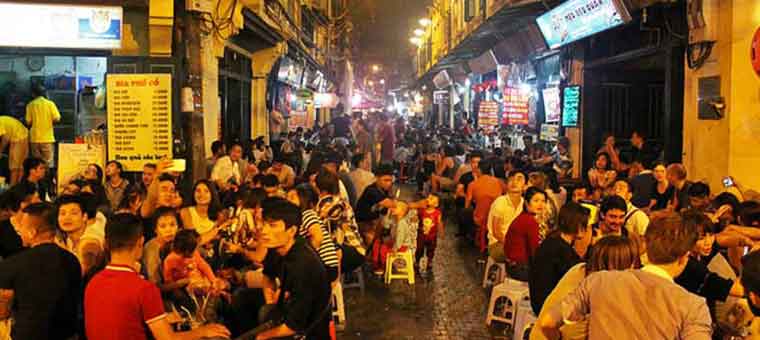
Hanoi old quarter - street food in walking streets
Comment
Other Blog
Categories
Latest News
on 31 Dec, 2025
on 31 Dec, 2025
 Español
Español Français
Français








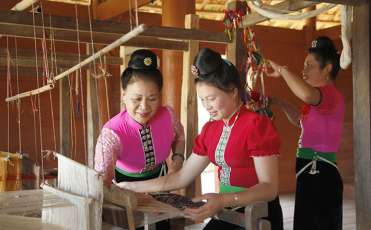


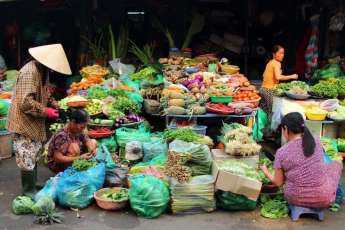
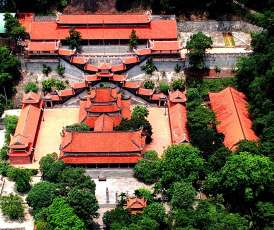







Morgane Ter Cock
on Dec 18, 2025HerbertPhomaMS
on Oct 19, 2025Lilyan Cuttler
on Oct 15, 2025Avenue17XC
on Sep 14, 2025Avenue18JL
on Jul 21, 2025